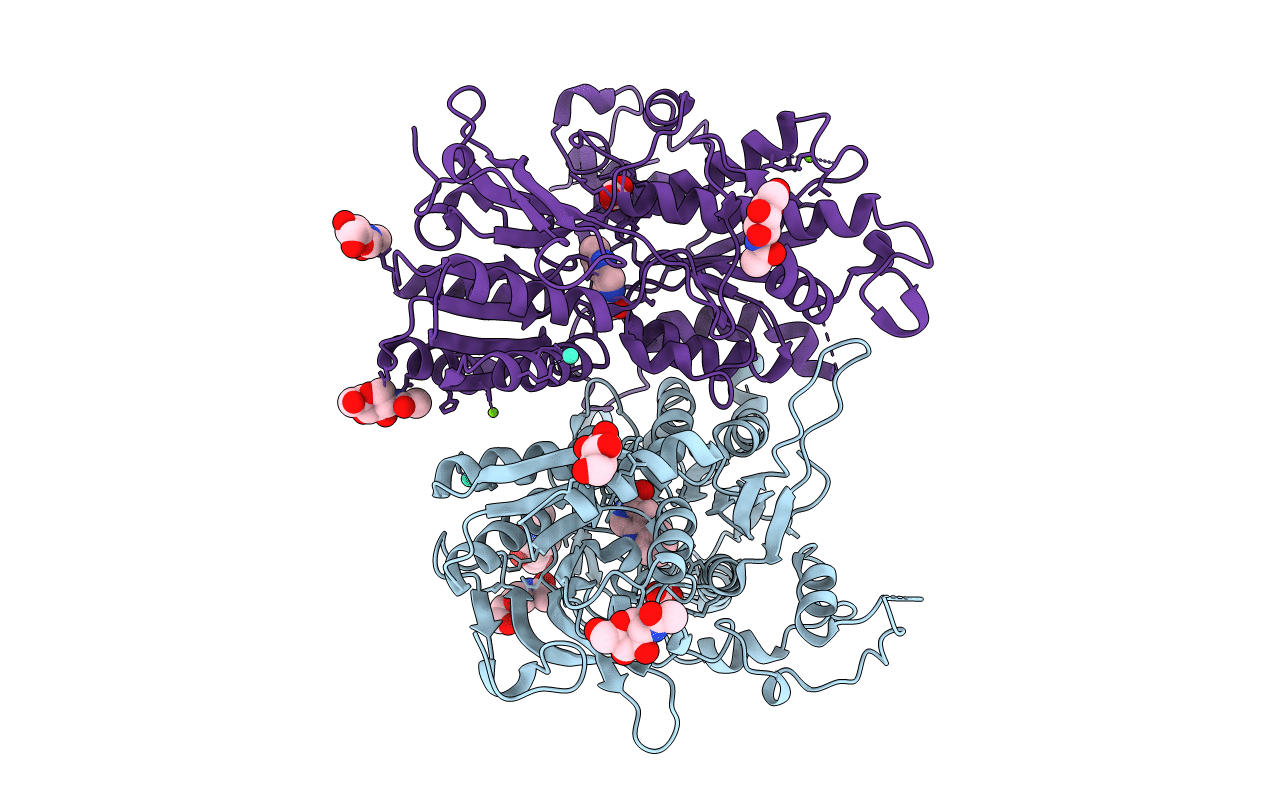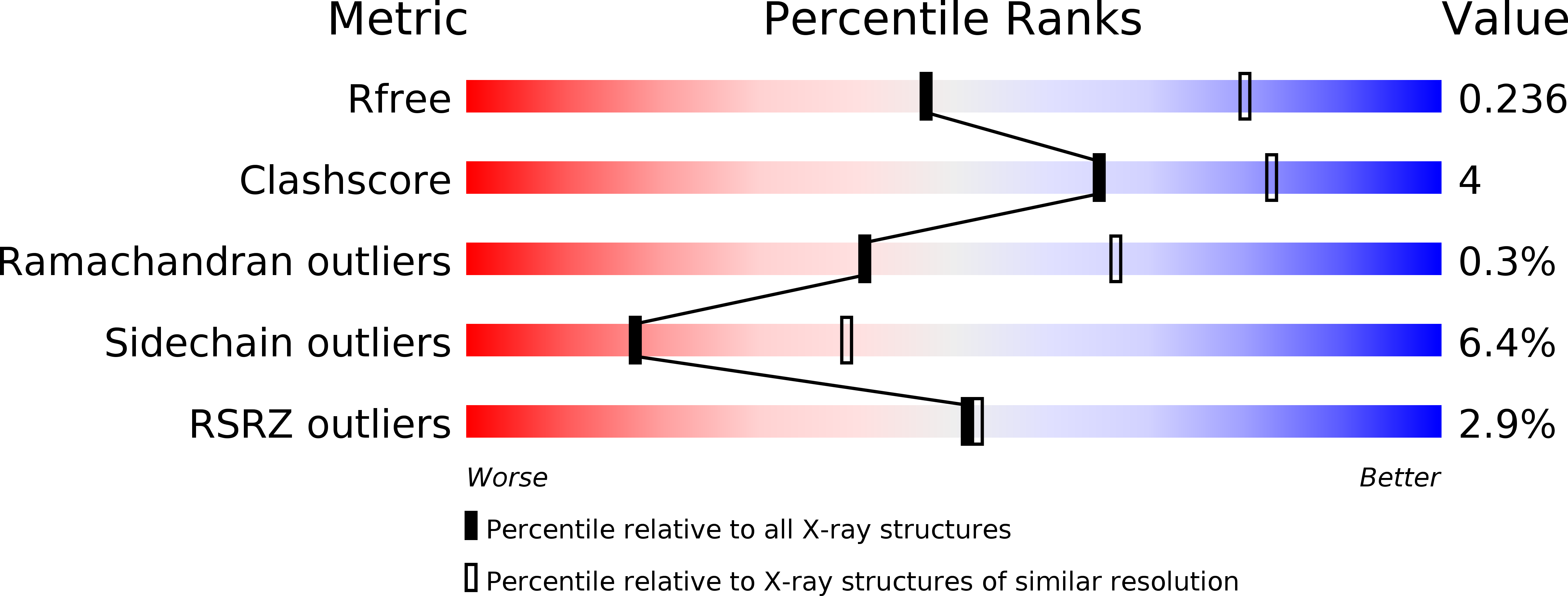
Deposition Date
2015-12-14
Release Date
2016-06-22
Last Version Date
2024-11-20
Entry Detail
PDB ID:
5FBH
Keywords:
Title:
Crystal structure of the extracellular domain of human calcium sensing receptor with bound Gd3+
Biological Source:
Source Organism:
Homo sapiens (Taxon ID: 9606)
Host Organism:
Method Details:
Experimental Method:
Resolution:
2.70 Å
R-Value Free:
0.23
R-Value Work:
0.18
R-Value Observed:
0.18
Space Group:
C 1 2 1


